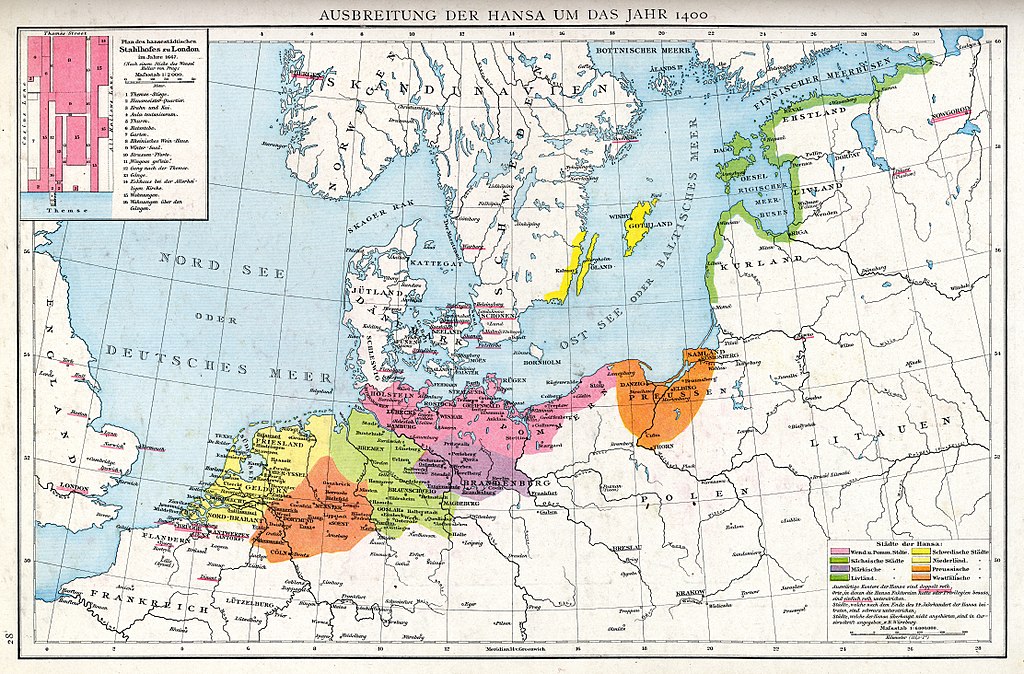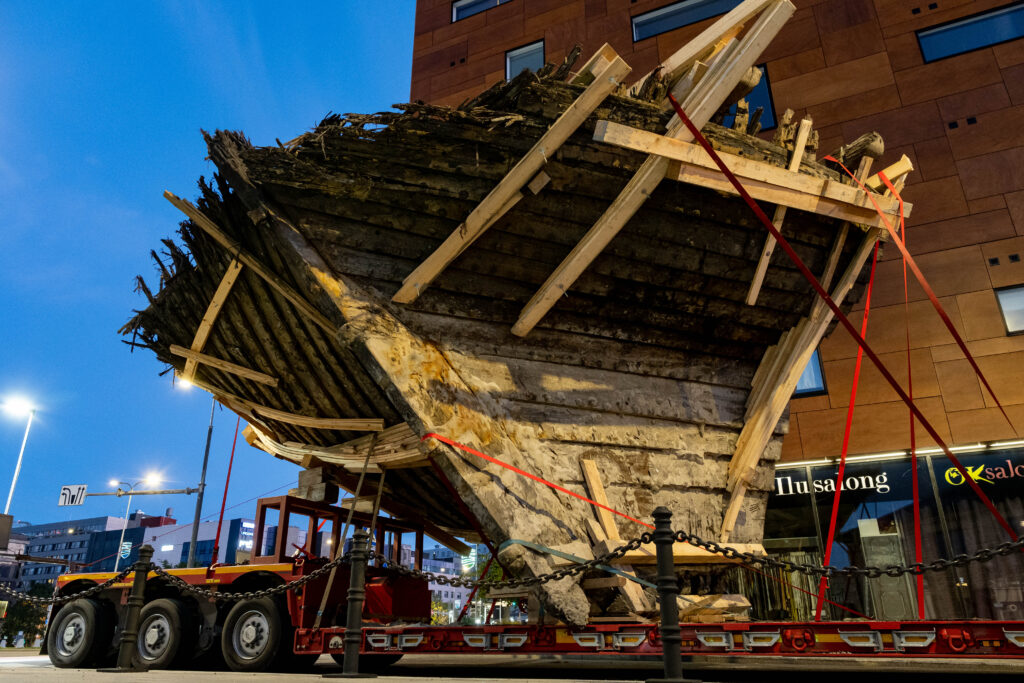The Estonian Maritime Museum is preparing to display one of the largest medieval shipwrecks in Europe, discovered recently during the construction of an office building in Tallinn.
The Estonian Maritime Museum in Tallinn’s Seaplane Harbour has commenced work to display one of Europe’s largest shipwrecks in all its glory, a cog built in the 14th century.
The shipwreck was discovered during the construction of the 8 Lootsi Street office building in Tallinn in March this year, and according to the museum, is “the largest find” of its kind in the world within the last hundred years.
Subsequently named the Lootsi cog, the type is a single-masted ship, common in the Baltic and North seas during the Middle Ages. The cog was built around the 1360s; the wreck is 24.5 metres long, nine metres wide, four metres high and weighs 97,7 metric tonnes.
The wreck was located approximately 1.5 metres below the surface and the cog is well-preserved from the stern to the deck. In addition to the wreck, several unique finds were discovered – for example, a metal compass with a wind rose and tar with the remains of ship rats.
The ship was divided into four parts to transport it from the construction site to the Estonian Maritime Museum that is building a special hangar in the Seaplane Harbour, where it will preserve and exhibit the Lootsi cog. No date has yet been given as to when the exhibit will be open to the public.



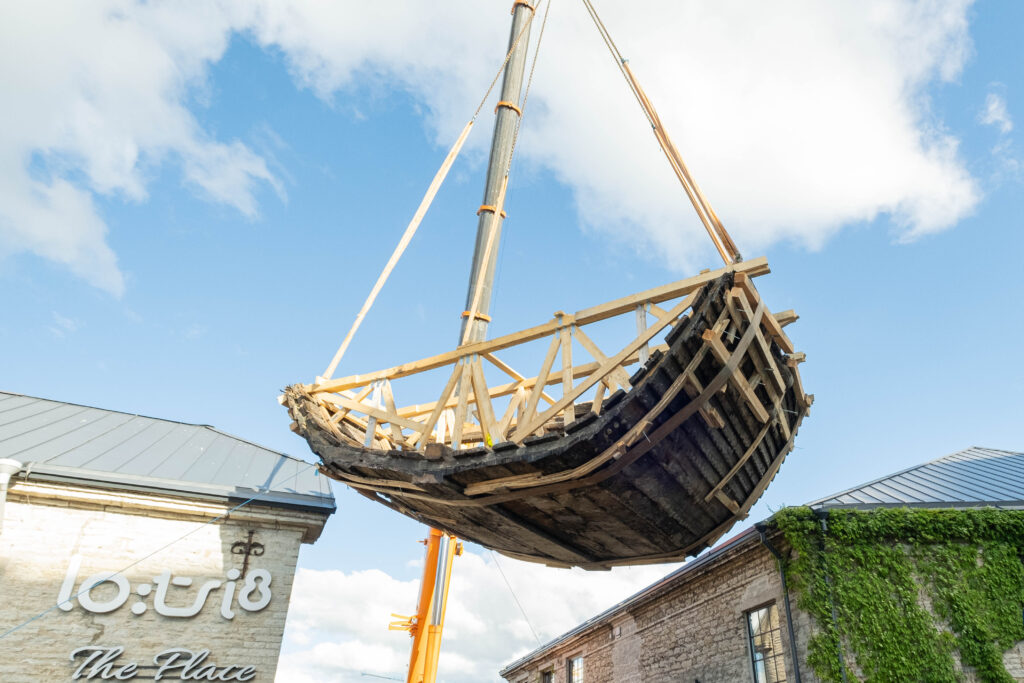

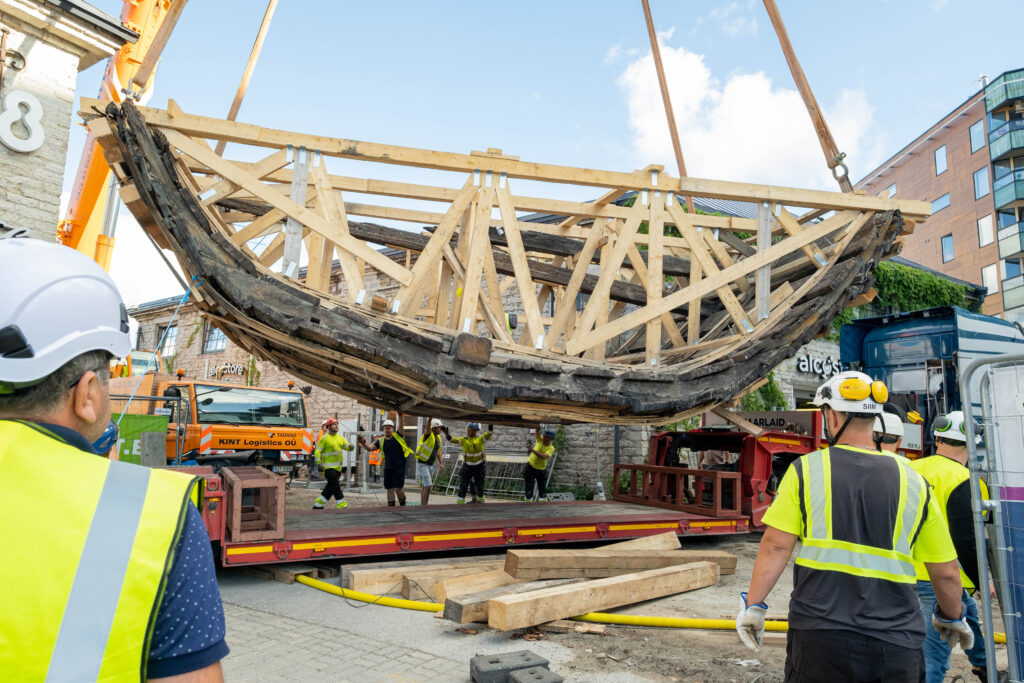
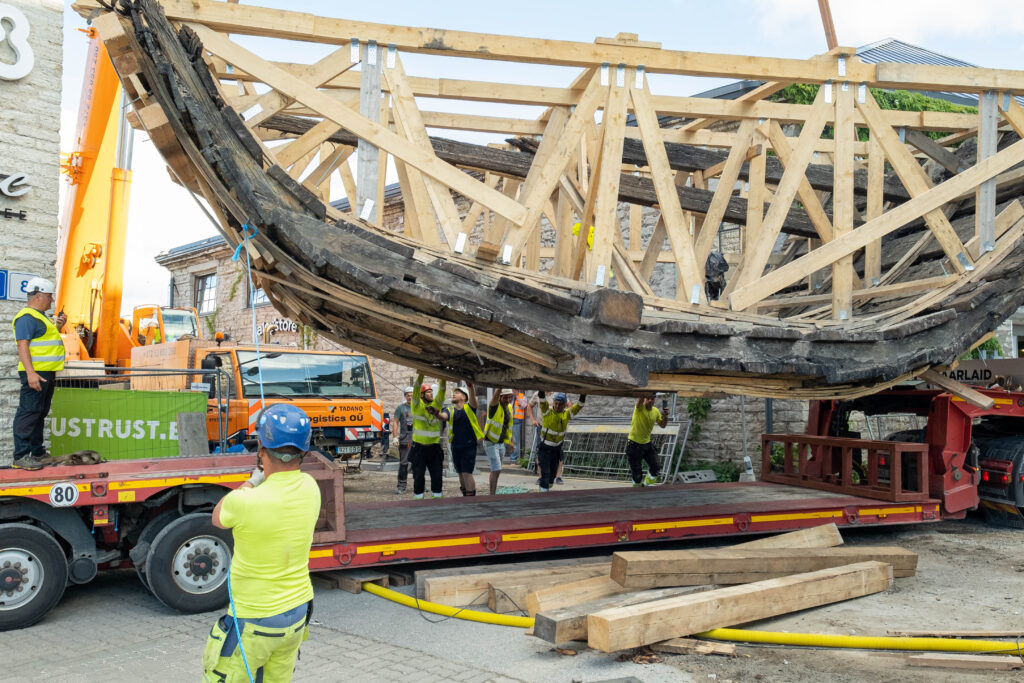
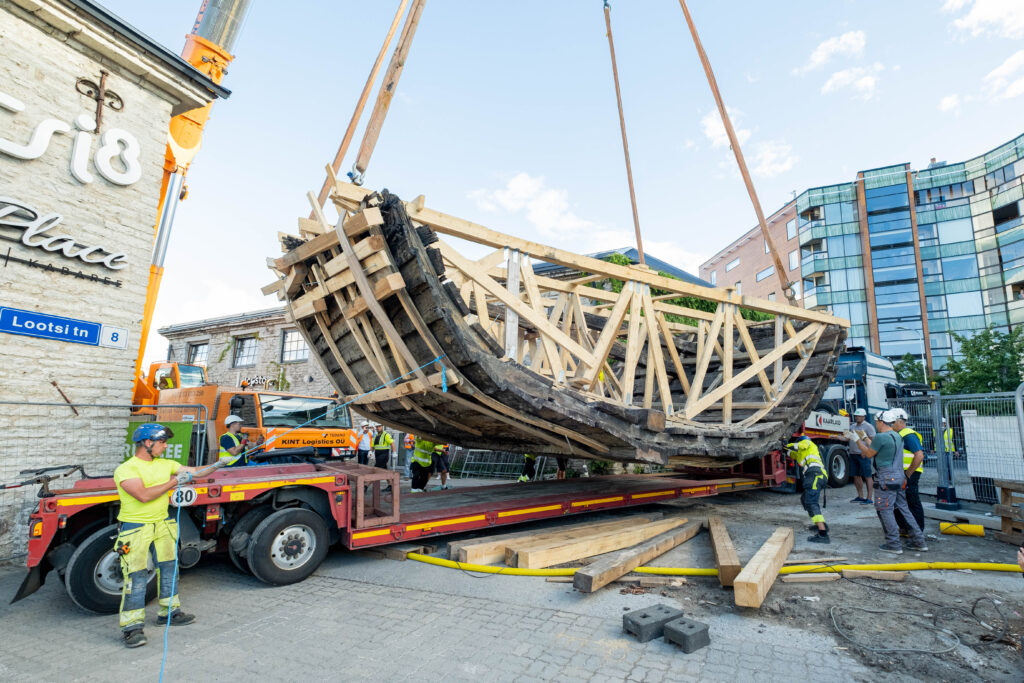
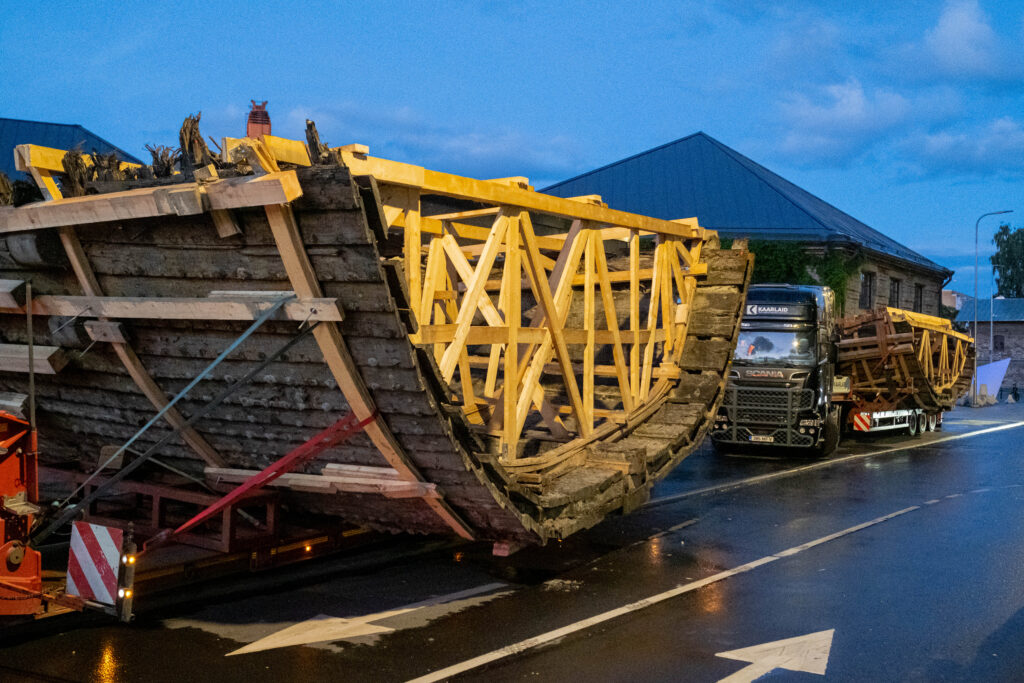
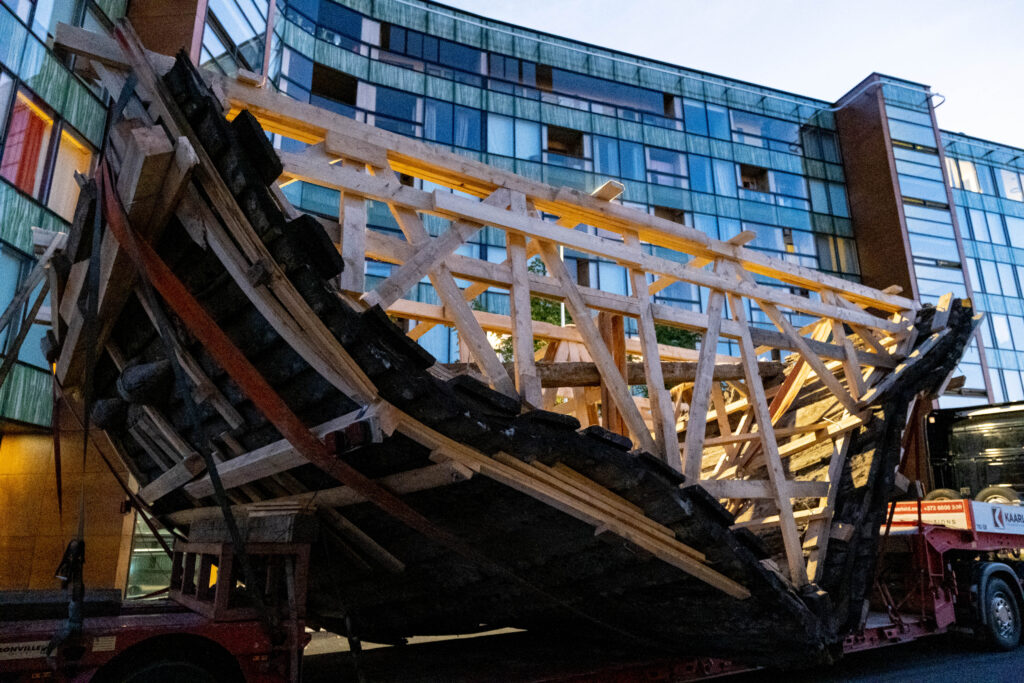
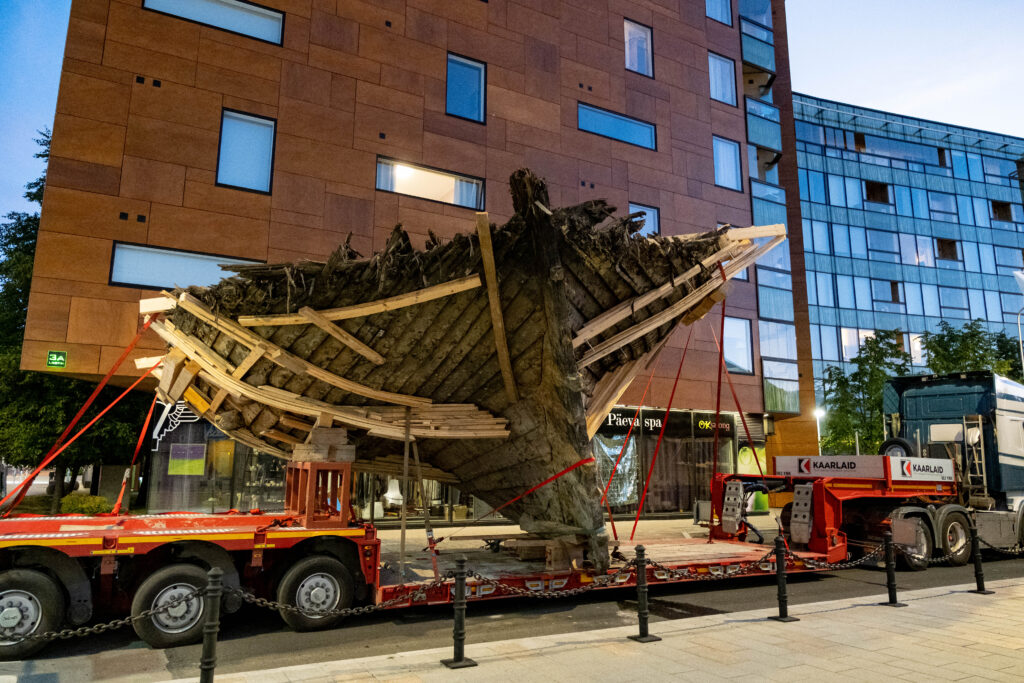
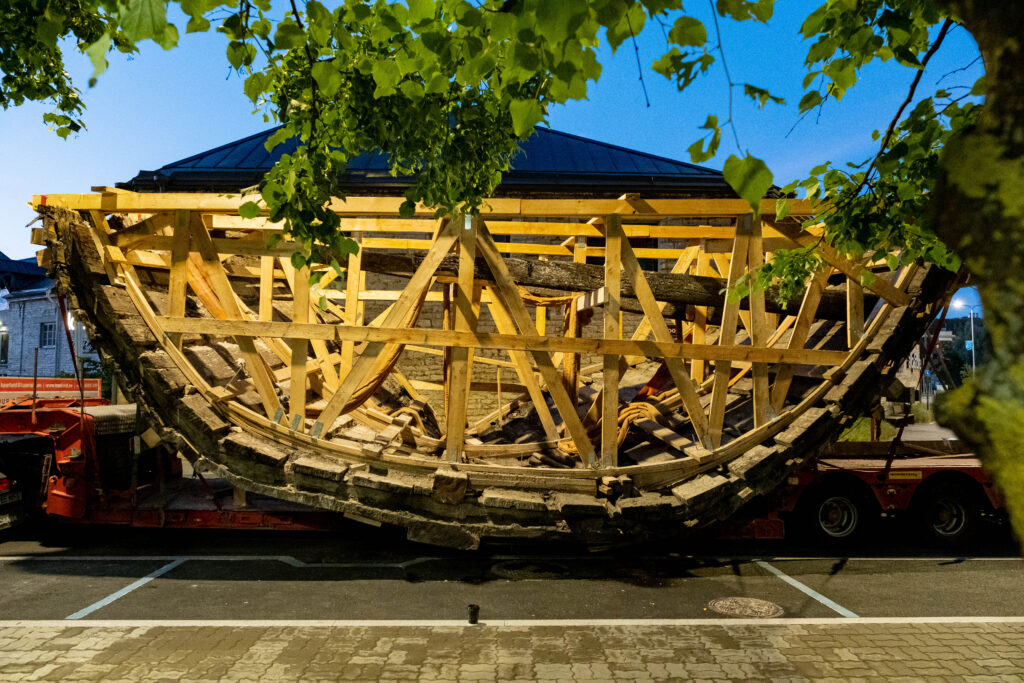
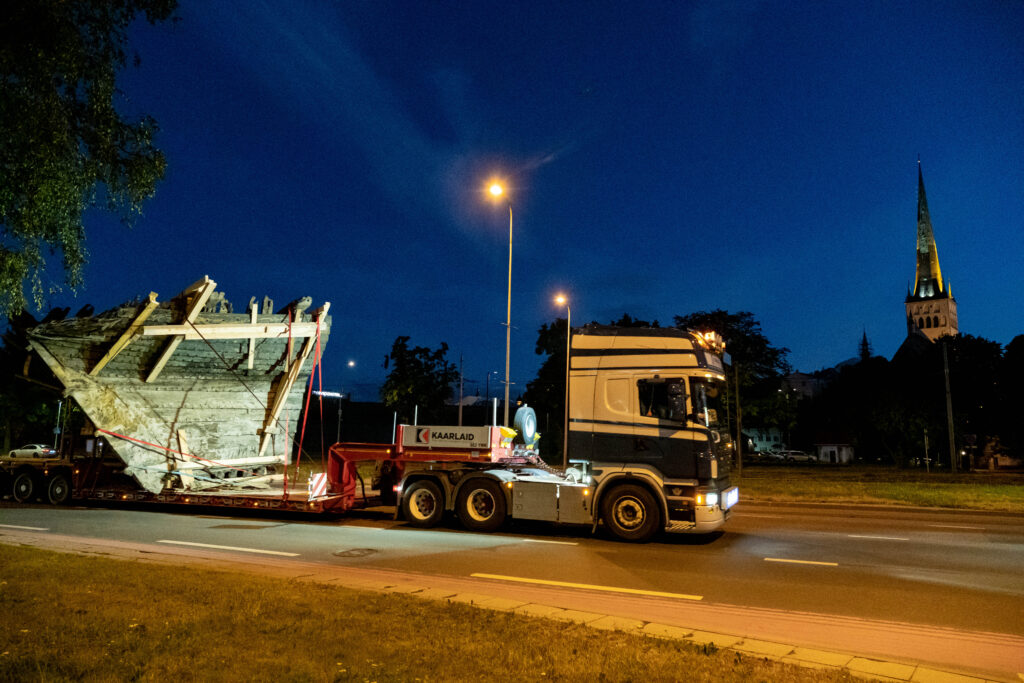

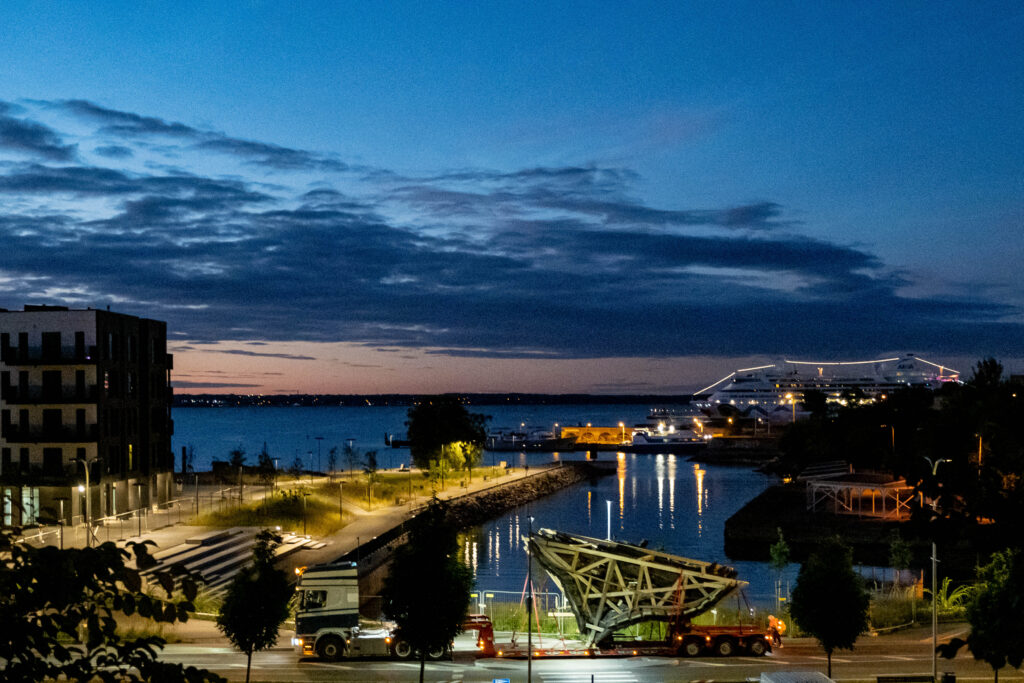
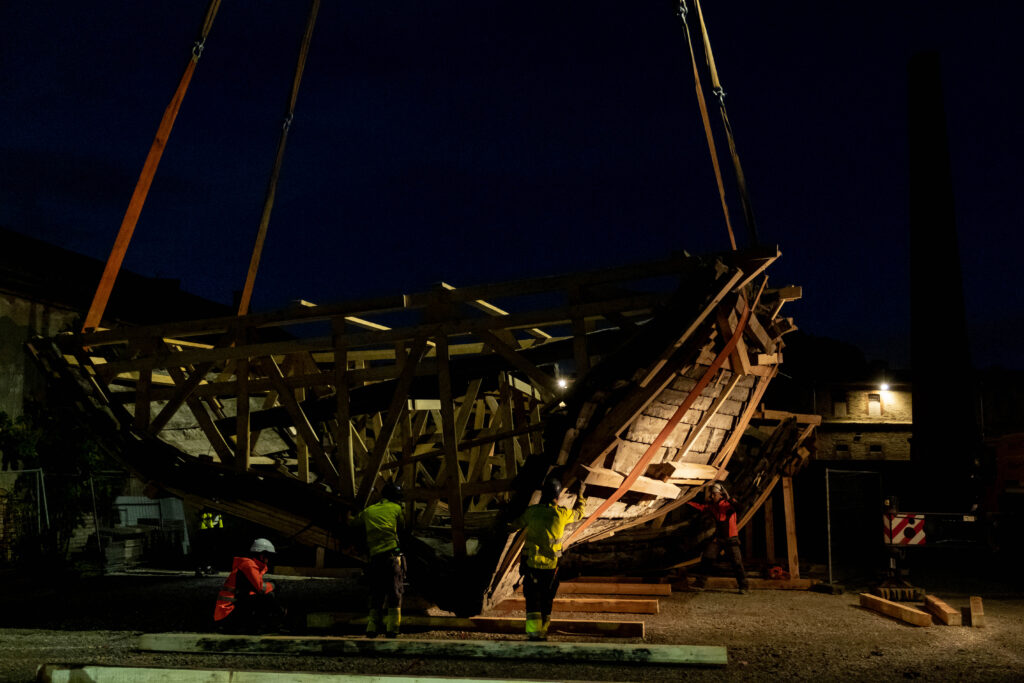

A cog is a type of ship that first appeared in the 10th century and was widely used from around the 12th century on. Cogs were clinker-built, generally of oak. These vessels were fitted with a single mast and a square-rigged single sail.
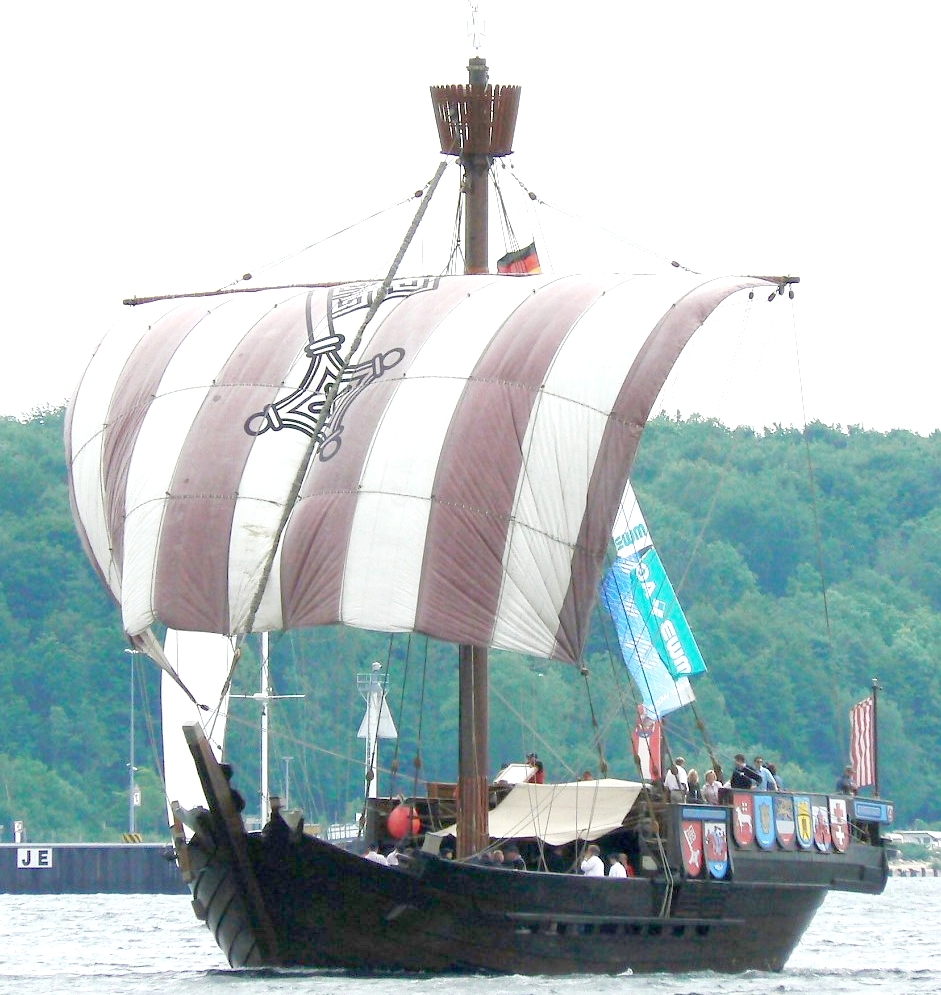
The cogs were mostly associated with seagoing trade in north-west medieval Europe, especially the Hanseatic League – of which the Estonian towns of Tallinn (then Reval), Tartu (then Dorpat), Pärnu (then Pernau) and Viljandi (then Fellin) were part of.
